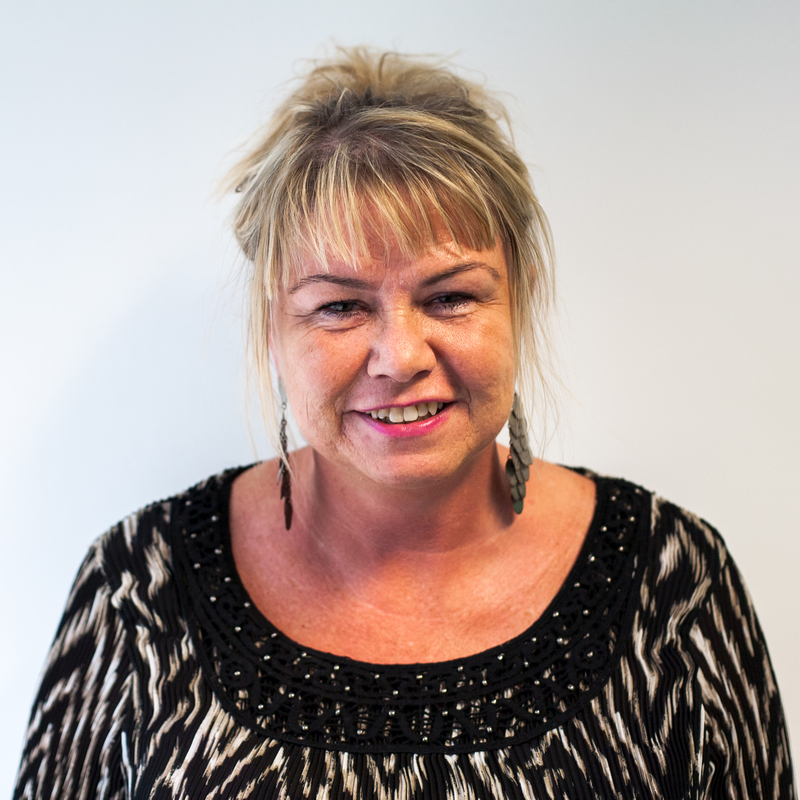Support Schools Must Offer Vulnerable Families Is Becoming Increasingly Complex – But At What Cost?

As austerity measures cut deeper, the range of support schools are expected to offer grows wider, putting everyone under pressure

It’s news to no-one’s ears that school staff are feeling the strain. A report from the Education Policy Institute found that the majority of teachers work an average of 48.2 hours per week – a full day over the standard working week. One in five work 60 hours per week or more. And the pressure doesn’t look set to ease.
Due to reduced budgets, local authorities are passing much of the responsibility for ‘early help’ cases to schools; and the Ofsted report, ‘Early Help – Whose Responsibility?’ states that schools should deliver such services.
However, as social care thresholds have risen, cases that previously met the threshold (and were therefore the responsibility of the local authority) are now classified as early help. As such, schools are now facing having to deal with complex cases, where families have multiple presenting issues – with no extra funding or resources.
Needs must
I work for School-Home Support (SHS), a charity helping children and young people overcome challenging home lives in order to make the most of their education.
We’re in constant dialogue with schools and hear the same things again and again. Senior leadership team members tell us that they are given new safeguarding responsibilities with little training (often just one day at most) and no supervision.
The increased responsibilities are adding to their heavy workloads and long work hours, and this means there is a danger that vulnerable children could slip through the net. One headteacher reported to us that the week before a school holiday, she spent 90% of her time on early help work with families, ranging from taking a dad to a mental health appointment (he had missed two already and his illness was affecting the children’s attendance and behaviour) to helping another parent complete a housing form (the family was in overcrowded accommodation, again affecting the children at school). Should this have been her responsibility?
We recently put together a Serious Case Review on a case which tragically ended in the death of the child at the hands of her mother. We found that the school staff member in charge of supporting the family had not received adequate training or supervision, and the lack of proper management and a second, objective opinion was an important factor in the case.
The staff member let her personal experience colour her judgement, taking the side of the mother due to her own experience with domestic abuse, and failed to put sufficient boundaries in place with the family – with terrible consequences. Ensuring the right frameworks are in place isn’t something that should be subject to cost cutting.
Troubling times
Around the same time that the study on teachers’ increasing work hours was released, the National Audit Office announced that protection for at-risk children was currently ‘unsatisfactory and inconsistent’.
Concerned, we sent out 34 Freedom of Information requests to find out what early help support is currently being given to schools by local authorities (targeted to boroughs with the highest rates of persistent absence and the highest number of children subject to section 47 and initial child protection conferences in 2014/15).
The response? Most support has been cut. It is also clear from our research that many schools receiving the little support and training available often find it inadequate.
Our charity has also found that the number of safeguarding interventions we’ve had to make over the past five years has doubled: this is the worst time for child protection issues to be sidelined. Looking nationally, the number of social care cases has also risen: the number of children who were subject to a child protection plan increased by 12.1% in one year alone (2012/13-2013/14).
Looking to the future
So what can schools can do to ensure children are protected and teachers’ work hours are lessened?
I can’t emphasise enough the importance of ensuring there are dedicated safeguarding staff in place wherever possible. In response to requests from schools, whose senior leadership team members are unable to deal with the additional duties, we now provide safeguarding lead practitioners.
These take on the safeguarding delivery in the school, focusing on casework and supporting children and families both during term time and school holidays, when the lack of routine and support can undo some of the progress made and delay positive outcomes. In an ideal world, every school would be able to have one.
With further budget cuts likely to be on the way, however, we know it’s not always possible to have one member of staff dedicated to early help and child protection. In that case, making sure that staff with safeguarding responsibilities on top of educating and/or leadership duties are both a) properly trained and b) closely supervised, is vital.
If staff are trained, they can act efficiently – instead of spending hours trying to find a solution to an issue, they should know how to resolve it or exactly to whom they should go. If they have proper supervision, children and staff are both better protected; clear boundaries can be put into place, risks can be better identified and again, resolutions can be more efficiently found.
Whatever happens, children’s wellbeing has to be priority. As a charity that’s focused on school attendance for over thirty years, we’d be delighted if every child could fulfil their potential and achieve all of which they are capable. In the current climate, we’d settle for every child being safe.
COUNTING THE COSTS: HOW MANY CHILDREN MIGHT BE AT RISK?
• 3.9 million children in the UK are growing up in poverty – 29% of the total number of children – and don’t always have food in the house. • Over 2 million children in the UK today are estimated to be living in difficult family circumstances. • These include children whose family lives are affected by parental alcohol and substance misuse, domestic abuse and mental health issues. • 1.6 million children in the UK live in housing that is overcrowded, temporary, or dilapidated. • In England in 2016, almost 400,000 children were identified as being ‘in need’. • In England in 2016, over 172,000 children were subject to new Section 17 enquiries. • Over 50,000 children were the subject of a child protection plan in England in March 2016. This has increased steadily over the past few years. • Over 50% of the above cases involved abuse or neglect.
Sources: CPAG; Ofsted; Shelter; DfE
Jaine Stannard is interim chief executive and safeguarding lead at education charity School-Home Support (SHS). She has over 30 years’ experience in early intervention and community health services.












